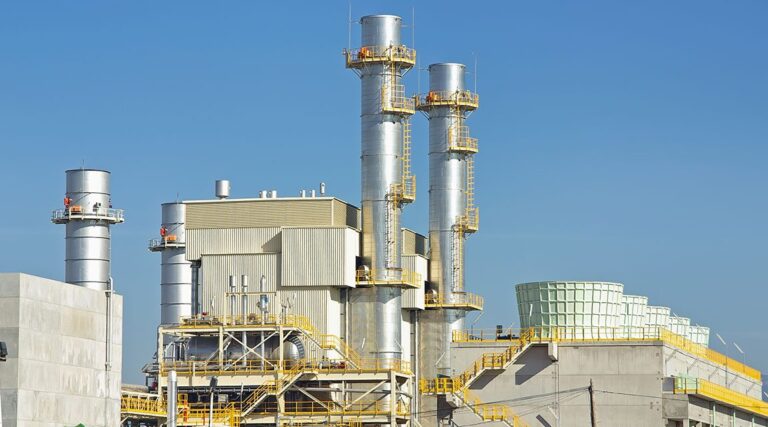
The country’s inflation rate fell to 13.6% in August, down from more than 17% in May 2025, according to the National Bank of Ethiopia (NBE). The central bank attributed the decline to tight monetary policy, improved agricultural output, and gradual adjustments of administered prices.
“Food inflation fell to 12.7%, down from 18.8% a year earlier, while non-food inflation edged up to 15.1%, largely due to the impact of the exchange rate on prices,” the NBE said in a statement on Tuesday.
Monthly inflation remained moderate at 1.1%, indicating limited pressure on new prices.
Economic activity remains robust, supported by increased agricultural production, industrial growth facilitated by easing foreign exchange constraints, and strong exports in coffee, gold, and services such as air transport and tourism. Imports of semi-finished and consumer goods have declined slightly compared with the previous year.
Monetary aggregates have grown in line with moderate credit easing. Year-on-year, the overall money supply and reserve money increased by 23.1% and 70.7%, respectively, while domestic credit rose 14% through August.
Bank lending expanded by 5.4% since June, with reserve money growth driven mainly by the NBE’s gold purchases and associated liquidity injections.
Short-term interest rates have eased but remain close to the policy rate, supporting money market development.
The weighted average yield on 91-day Treasury bills fell from 17.6% in June to 15% in August, while interbank rates stood at 13.7%, remaining within the NBE’s target range.
Interbank transactions reached 945.1 billion birr in October 2024.
The banking sector remains resilient, with low non-performing loans and satisfactory capital levels, though some institutions face liquidity pressures from high loan-to-deposit ratios.
The interbank market and the NBE’s lending facility have helped mitigate these short-term constraints.
Fiscal policy has remained disciplined, with the government avoiding borrowing from the central bank during the first two months of the 2025/2026 fiscal year, supporting the NBE’s monetary stance.
Externally, the balance of payments has improved since reforms in July 2024, driven by rising exports, remittances, and service receipts, producing a current account surplus.
The NBE reaffirmed its commitment to maintaining tight monetary policy while raising the credit growth target for the 2025/2026 financial year.
Global inflation is expected to continue declining, with rates projected at 4.2% in 2025 and 3.6% in 2026, though new US tariffs could affect consumer prices in the latter half of 2025.



